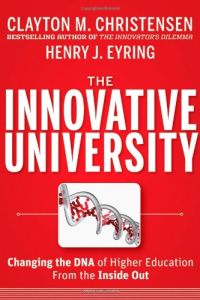
The Innovative University
Changing the DNA of Higher Education from the Inside Out
ISBN: 9781118063484
Pages: 512
Recommendation
Great change is affecting the US higher education industry, whose costs have risen faster than inflation. Clayton M. Christensen, the prophet of “disruptive innovation,” and Henry J. Eyring, a Brigham Young University-Idaho administrator, review the history and “DNA” of two disparate institutions – Harvard and BYU-Idaho – and draw some generalized lessons about educational innovation. The book is by nature episodic, if not disjointed: Here’s what prestigious Harvard does, and why and how it grew. Here’s what BYU-Idaho does, and why and how it grew, based on its Mormon roots and its academic focus, including its willingness to jettison team sports as a distraction. And here are the lessons both colleges demonstrate. These two institutions are very different, but they and their diverse public and private peers face common challenges. While the emphasis on history is heavy at times, getAbstract recommends this detailed study about where education is going to Christensen fans, and to educators and college administrators interested in innovation and confronted with the need to manage change.
Summary
About the Authors
Clayton M. Christensen founded Innosight Institute and wrote The Innovator’s Dilemma and many other works. Henry J. Eyring, a businessman and BYU-Idaho administrator, wrote Major Decisions: Taking Charge of Your College Education and Mormon Scientist: The Life and Faith of Henry Ewing, which is about his grandfather.


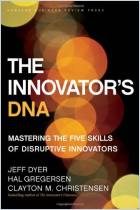
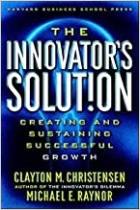

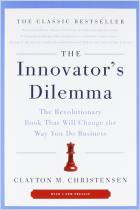

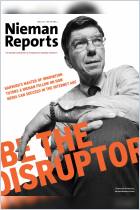
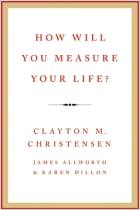

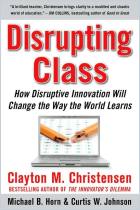
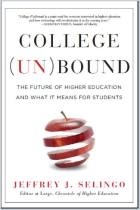
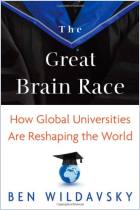


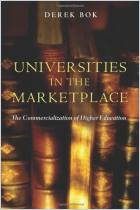
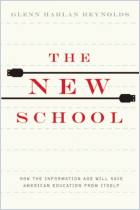



Comment on this summary